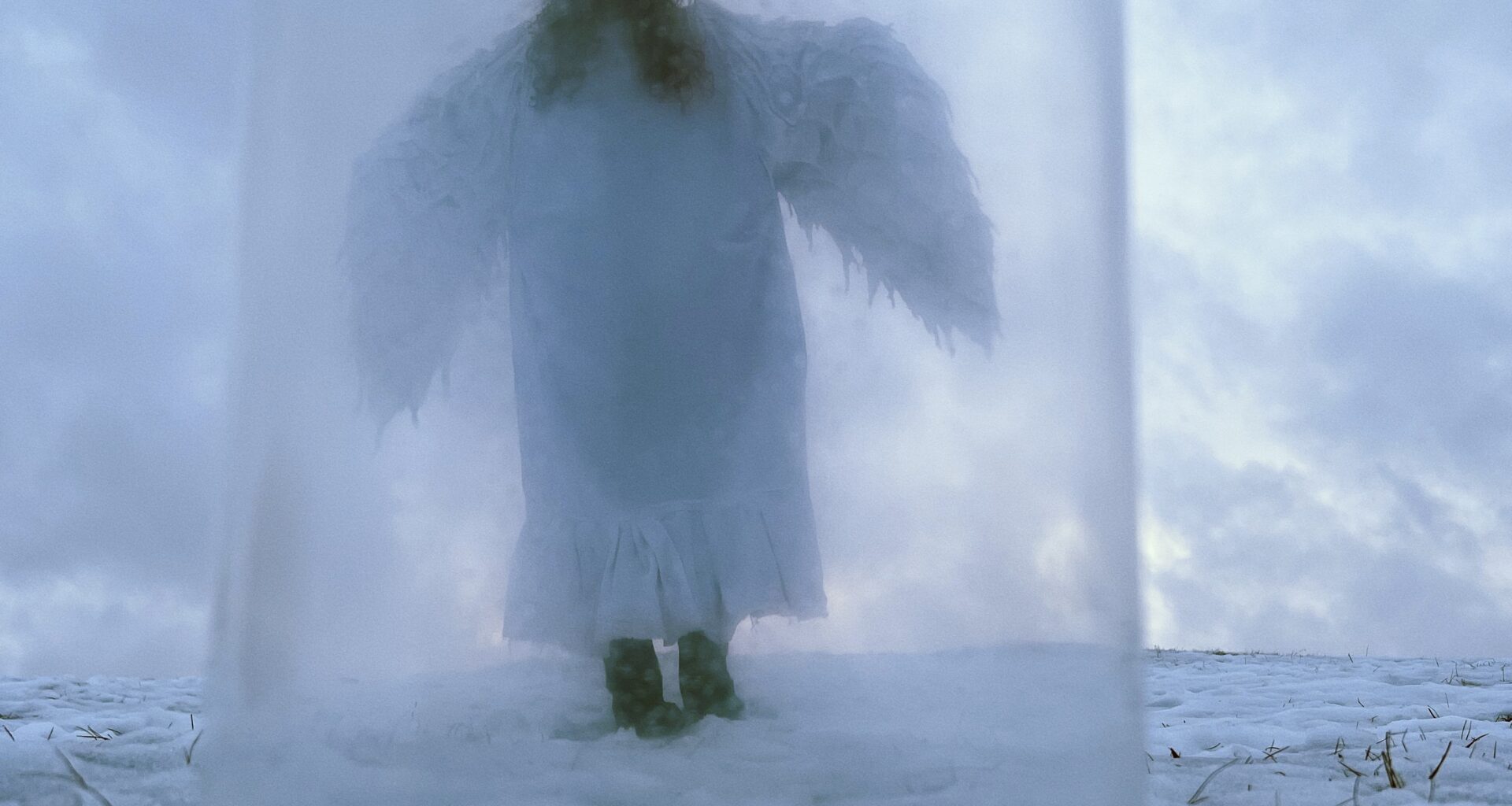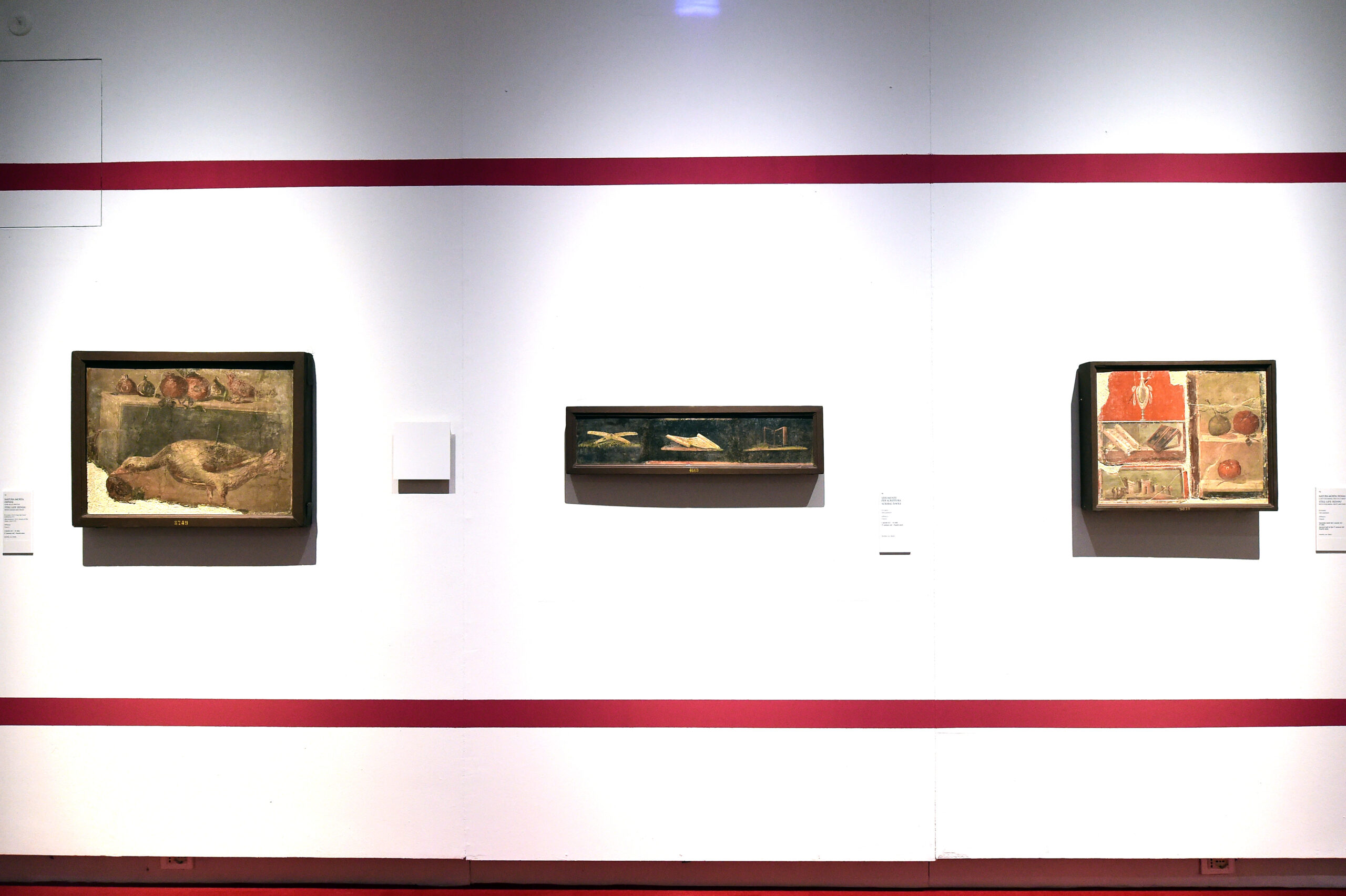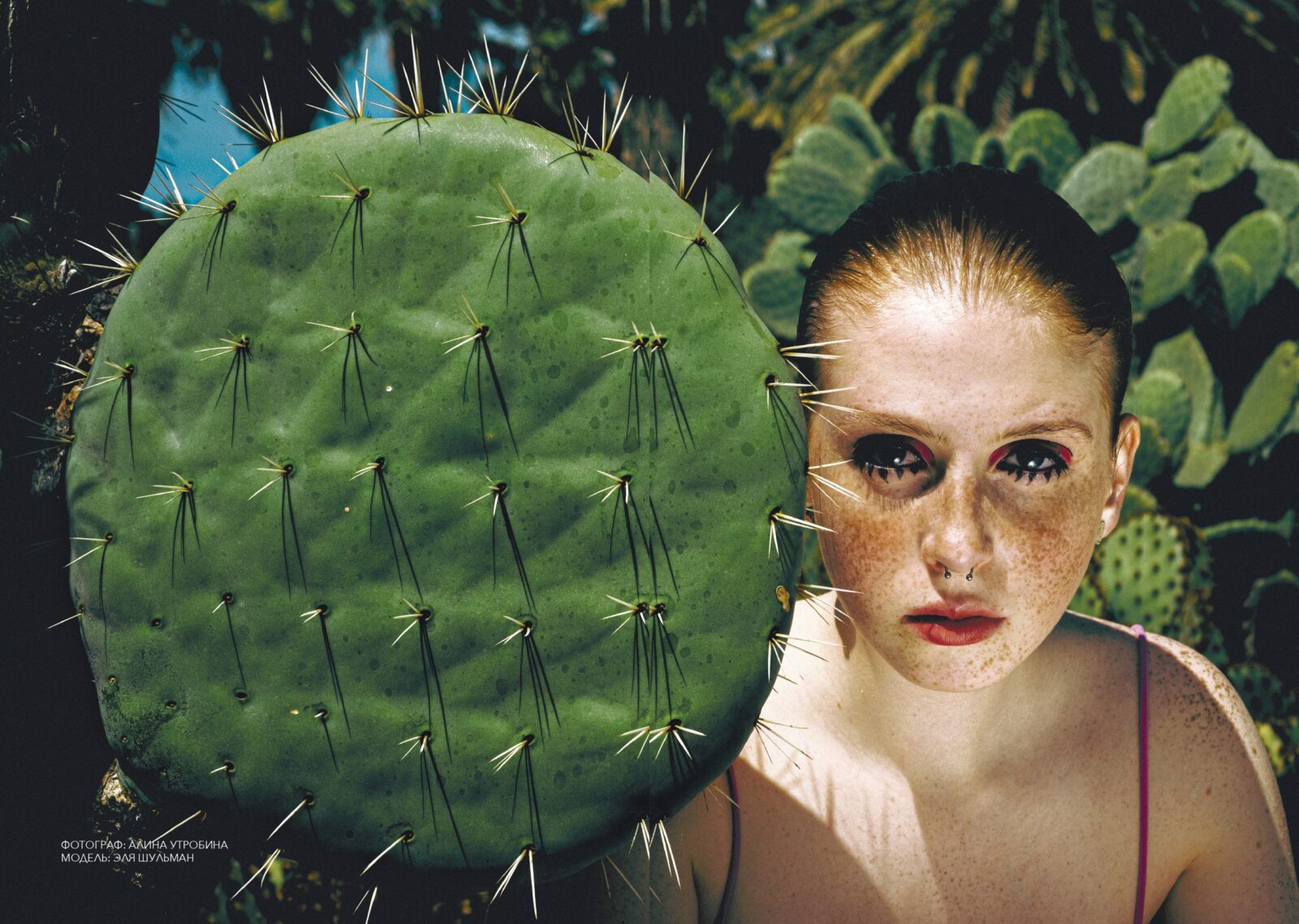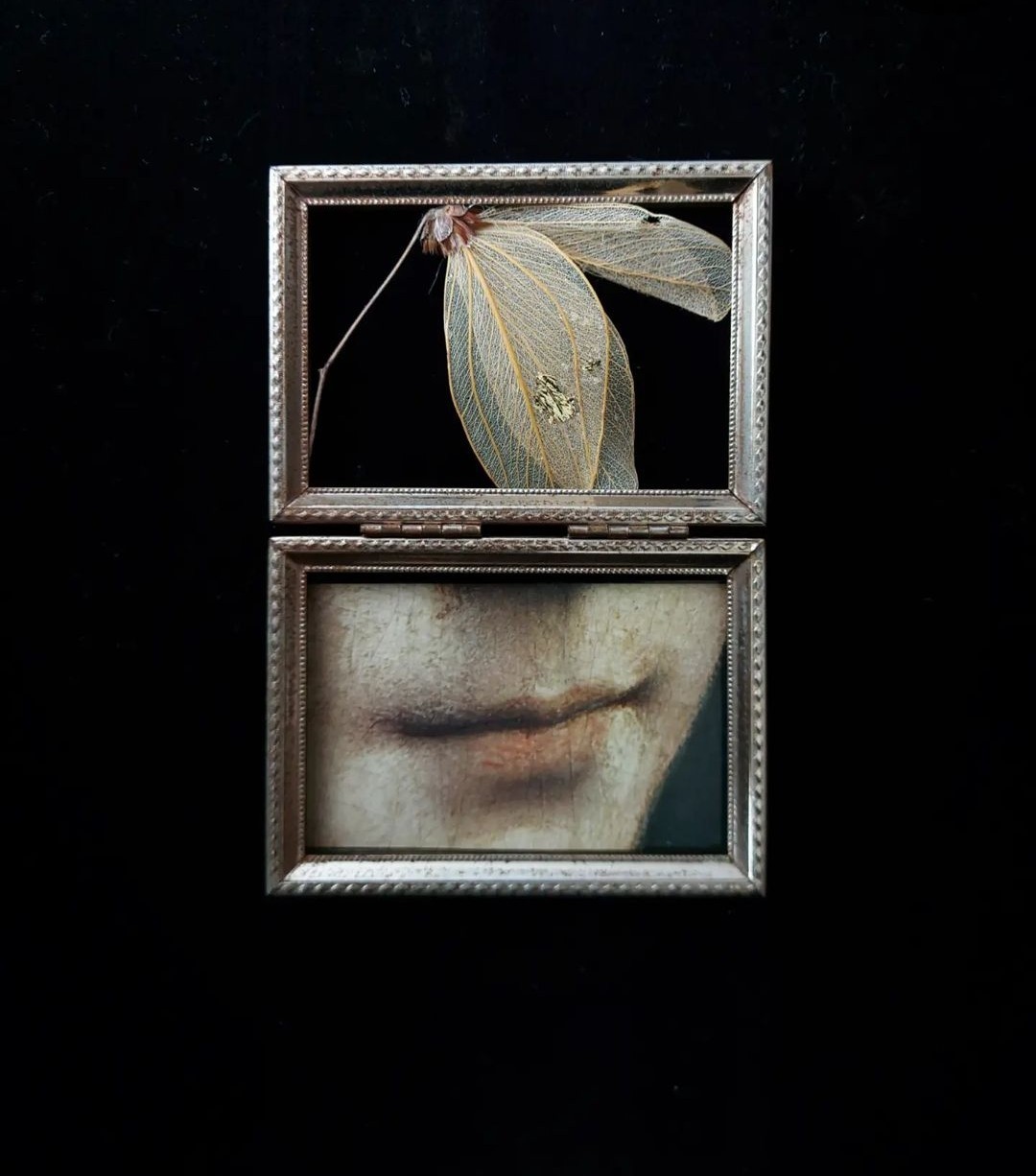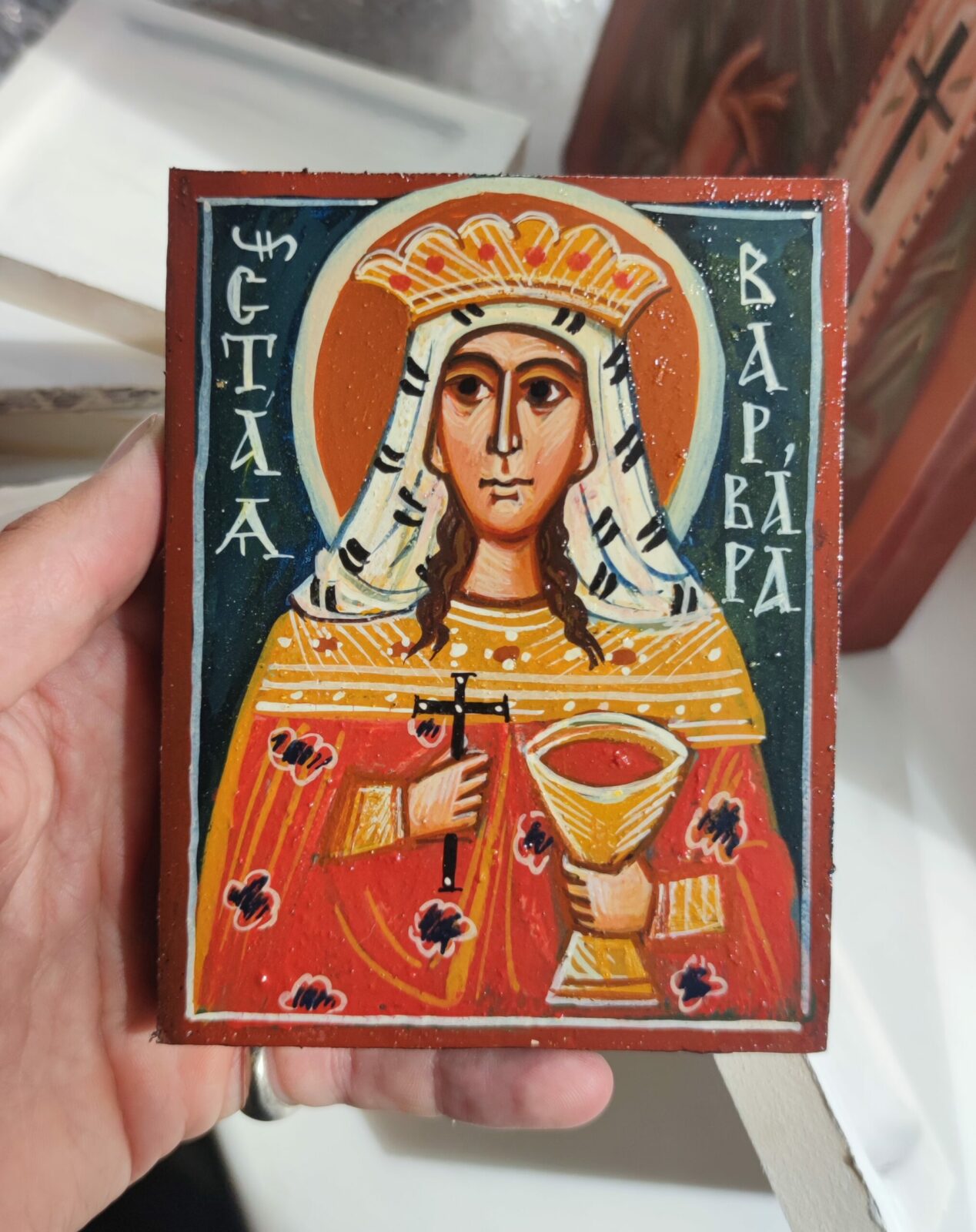Alisa Gorshenina is an artist open to dialogue, and it is this trait that makes her a particularly complex character for the story. Talking about someone who is closed is always easier, because every new fact of their biography becomes a subject of local, if not general, then localised interest. Alisa is a different case, which is why the text about her is woven from a patchwork of the most important things that shaped the artist’s view of the world and the place of art in it. There won’t be many new facts in the dry balance, but we’ll try to look inside, to tell you how her career was built and the path that led her to where she is today.
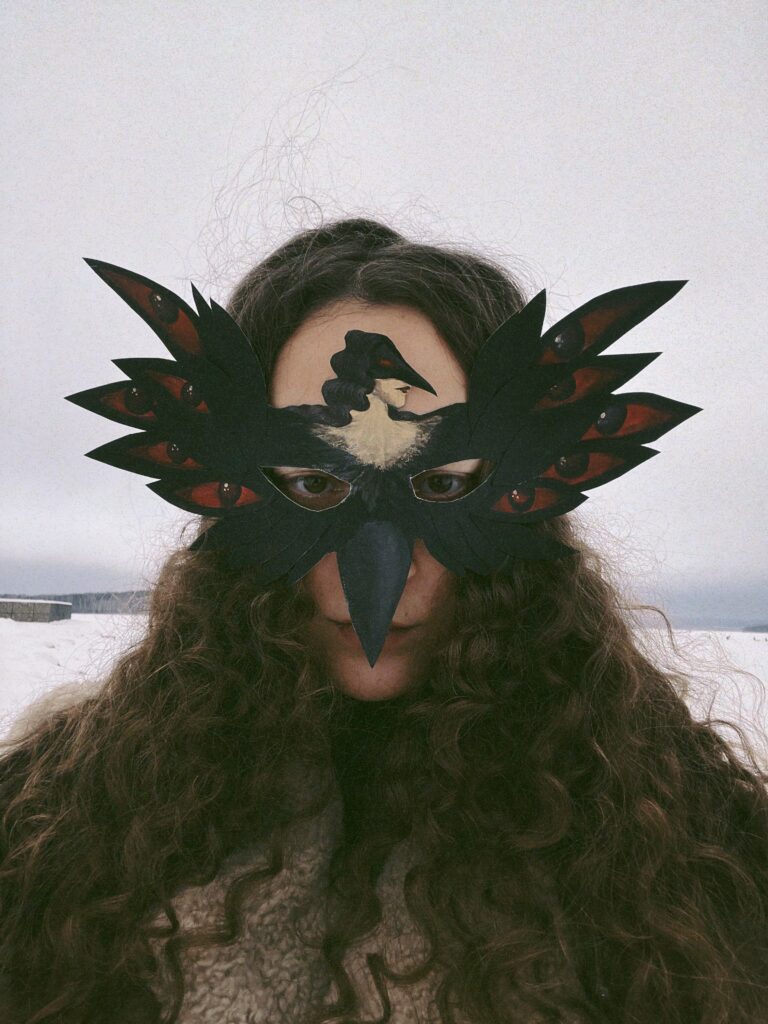
‘Why should I care that someone had a stomachache as a child?’ – was asked one of the visitors to Alisa’s solo exhibition at the Yeltsin Centre. The question was indeed fair, and by the end of the exhibition it is not left unanswered. The key to understanding the sick stomach and other deeply personal details becomes the artist’s method. It is to reflect on her own life, to write it down, to construct a chronology and narrative. The protagonist, of course, is Alisa Gorshenina herself. What does she consist of? Alisa’s career path is like a roller coaster, where a naive passenger gradually picks up speed, then rushes down with a loud scream, and then prepares to go up again – and even though this time he knows what awaits him, he screams like it’s the first time.
Alisa grew up in the village of Yakshina (Sverdlovsk region), where she still loves to visit. It was there that she first began to create – the little artist absorbed local tales and customs, which later transformed into ‘ethnic motifs’ in her works. Growing up Alisa entered Khudgraf (the Faculty of Fine Arts of the Nizhny Tagil State Social and Pedagogical Institute), and it was there, as a second-year student, that she began to create her first exhibitions. One can guess that the then ‘cultural party’ in Nizhny Tagil was not the brightest. Emerging artists were not allowed to exhibit in galleries; however, an exhibition could be organised in a cinema, renting a room for a thousand roubles.
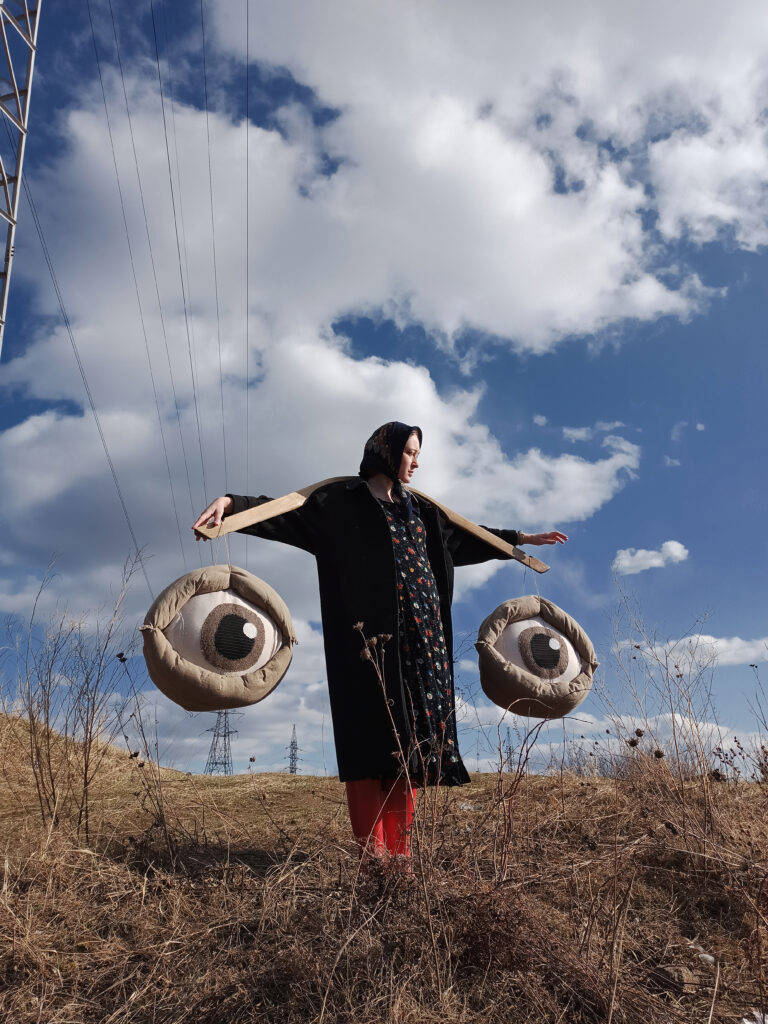
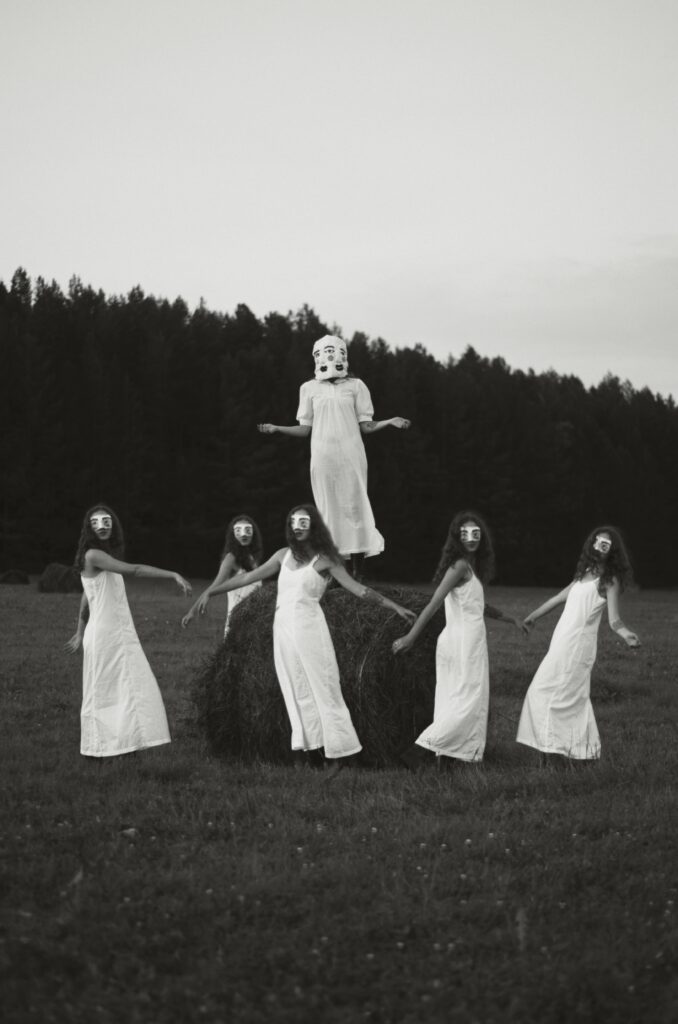
Until 2015, when Alisa managed to accidentally get to the Third Urals Biennale, she had no idea what the inner kitchen of the art sphere was like. This event was the first steep turn in the artist’s destiny. Thanks to her acquaintance with people from the art sphere, Alisa learnt about the institutions of contemporary art that existed in Russia and how to get there. The last important question remained unresolved – is it possible to receive a fee for one’s labour? The answer to it came unexpectedly in 2018 – Alisa won the VDNKh competition, where the organisers not only allocated a site for the project, but also paid for travel, materials and even a small fee. ‘I realise that the cleaners at the site received more than my fee, but having seen that this could happen and that exhibitions don’t have to be organised with my own money, I was surprised and realised that in life it’s only possible to be an artist.’ Immediately after, Alisa attended an art residency in Norway, while in Russia more and more institutions wanted to work with her.
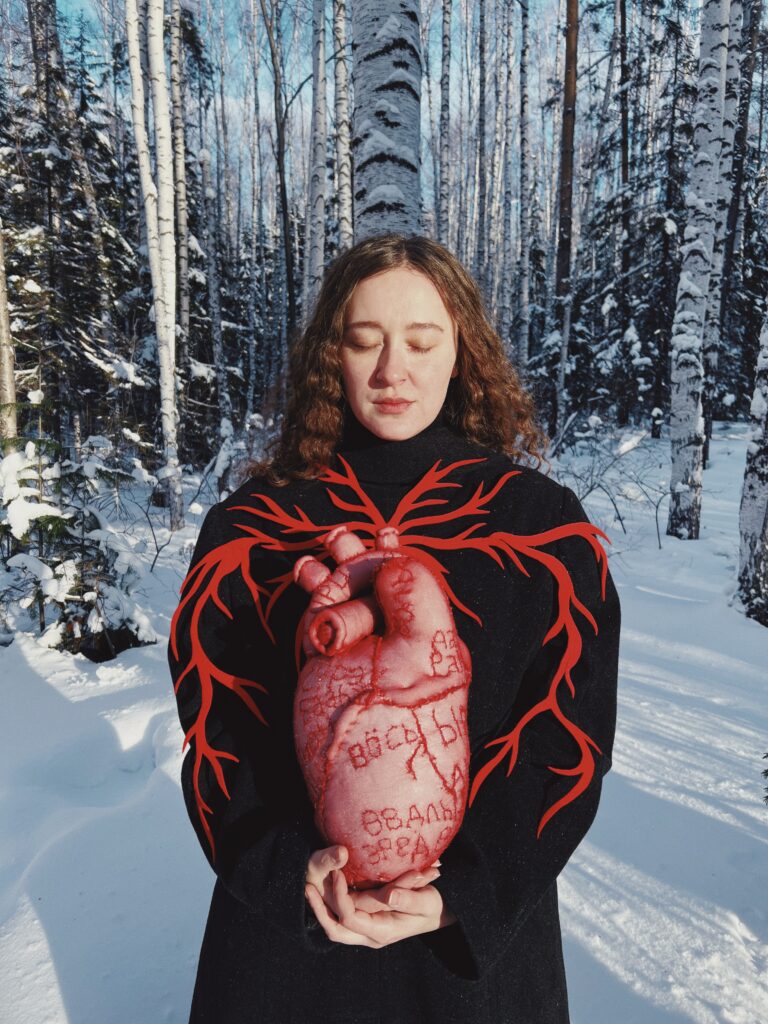
The years 2019-2020 were full of different projects, and the post-pandemic time promised to bring the artist to a new international level. After February 2022, all foreign projects were cancelled for an understandable and terrible reason. Today, Alisa misses not the tight schedule, but the time when art could be shown freely. The artist continues to engage with the place of her residence, exploring its culture and social fabric, which makes her work alive and relevant. Of particular importance to the artist is the integration of art into human life; each viewer perceives her works in a different way, which adds to their meaning and depth. Now it is important for Alisa to learn to slow down the pace of her work. It is now important for Alisa to learn to slow down, to think about what is happening and to realise it in autoreflective projects.
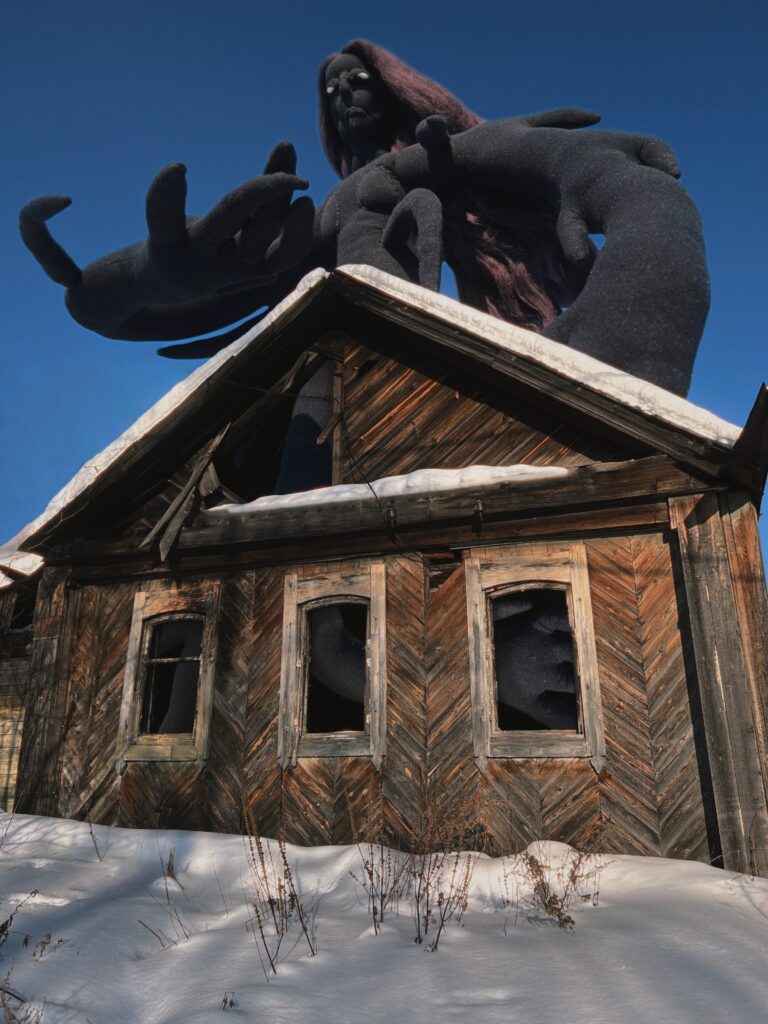
Alisa’s current workplace is in a former textile factory, where the artist rents the office of the director of production. The workshop couldn’t be better suited, as Alisa has been working particularly hard with fabric in recent years. Being in a state of peace and creative reflection, Alisa conceives a dream project – ‘Diary House’, the rooms of which will be constantly completed and filled with art objects. This is a lifelong project that embodies Alisa’s approach to art: in it the author and the character merge into one, and each of us can look through the window of the House and perhaps see our own reflection.


